Interestingly, we didn't catch as much this week, as we did last week. I imagine that because it had been so dry for nearly a month prior to the rains last week....once it got wet, the critters exploded out of hiding and became very active. Now that the wet conditions are sort of old hat, they aren't quite as active.
Regardless, we still caught some cool stuff....but nothing really new.
____________________________________________________________________________
Another nice sub-adult or, perhaps, young adult Eastern Ratsnake (Pantherophis alleghaniensis). We carry a bucket of our gear with us in the field. Every time we get a critter to deal with, we set up a little workstation to collect appropriate data. One person takes measurements and yells out numbers, while the other records. It works out pretty well. Often, a back-pack of gear is a good option too...but I sort of like the bucket (I can fit more in it and whatever I put in stays dry). It can be a bit cumbersome, though.
Above: our bucket O' gear that we carry with us in the field. Also you can see the handle of the potato rake, which is the most versatile and important tool a field herper can have! It will flip rocks, turn logs, act as a walking stick, and help balance you when rock-hopping across streams. It can also be used to carry funnel traps with venomous snakes AND act as a snake hook for venomous snakes, if necessary.
The Copperhead (Agkistrodon contortix). I just can't get enough of Copperheads. I'll post pictures of every one I see. They are absolutely beautiful. This little juvenile was in our grassland/old field drift fence after a few days of heavy rain. Could have been after some frogs that crawled in....who knows.
The Box Turtle in the funnel trap. Well, it wasn't quite in the funnel trap, I guess..... But it sure seemed like it was trying to get caught! When we found it, the turtle had been meandering along the fence right up to where entrance to the funnel (which it couldn't fit into, as you can see below).
This adult male ended up getting marked number 13 and left to go on about his business.
___________________________________________________________________________
The cyst-laden Two Lined Salamander (Eurycea cirrigera). This week Dave actually randomly saw two of these guys wriggling around in the leaf litter near our fences and grabbed them. A consequence of the more moist conditions out there these days is that salamanders hang out closer to the surface of the ground.
After giving one of them a little scrutiny, we noticed these white dots that appeared to be just below the surface of the skin of this little guy's front legs. I'm fairly positive these are the larval stage of some type of parasitic flatworm. Either a trematode (a.k.a. fluke) or a cestode (a.k.a. tapeworm)...probably the former. While I can't be 100% sure of this, because we didn't want to necropsy the animal to be sure, I've worked with two parasitologists in the past. Both were involved in research on amphibian parasites, and these little critters pick up alot of invertebrate baggage throughout their lives.
The lifecycles of parasitic flatworms are fascinating. Particularly those considered digenetic trematodes. These may have two or more larval stages that will exist in as many hosts...and an adult stage that occurs in yet a third host....throughout their lifecycle.
Let us begin with a simple example: a group of adult flukes living in the intestines of a predatory wading bird (like a Great Blue Heron). The flukes in the intestines reproduce and shed eggs...these eggs then exit the Heron when it defecates. In this way, thousands of eggs are broadcasted into the environment. Herons often defecate in or near water...when these eggs hit the water, they hatch into their first larval form, which is a tiny free-swimming stage called a miracidium. The miracidium is microscopic and ciliated. It uses these cilia (little hairs) to swim around in the water like a paramecium. They are on the look-out for an appropriate invertebrate host, which is often an aquatic snail of some kind (the first intermediate host for these critters is usually an invertebrate). When the find a snail, they burrow into their tissues and start to develop.
After a period of development inside of the snail, the parasite is shed and returns to the water as a form called a cercariae. The cercariae are basically microscopic and look almost like tiny little tadpoles..little tail and all. Now these little guys also start swimming around the water looking for a host (called a second intermediate host)..but this time they don't look for a snail. This time they're after a cold-blooded vertebrate (often a fish or larval amphibian). The cercariae penetrates the skin of the larval amphibian, burrows into its muscle and encysts into a resting stage called a metacercariae. I *believe* it was the metacercarial cysts that we saw on the arms of the salamander pictured above.
A larval parasite can remain as a metacercarial cyst for a fairly long period of time (what this period of time is, on average, I don't know). Basically, it bides its time until an appropriate terminal host consumes the second intermediate host. The terminal host is usually a predatory bird or mammal...but may also be a larger fish, snake, turtle, etc.. So...for example...a heron eats an infected fish...or an infected tadpole/frog. When that infected muscle is consumed, the metacercariae pops out of the cyst in the terminal hosts stomach and becomes an adult fluke. Once it is an adult, it can reproduce in the intestines and start generating its own eggs that can then be shed in the feces of the heron and the lifecycle starts anew!
Click here for more information on how these parasites may cause malformations in amphibians. This is the website of Dr. Pieter Johnson at the University of Colorado. He has studied digenetic trematodes of amphibians for some time. There is more information on the lifecycles and also a picture depicting a lifecycle at this link.
I've given you only one example. Certain parasite species may have more or less hosts....these hosts may be of a variety of critters, or specific to one or two. Depending on species, adult parasites may end up in places aside from the intestines, such as the lungs, the bladder, the stomach, the esophagus and so on. And any one host can carry many individuals of many different species of parasite at any given time!
Very fascinating and very complicated life cycle for such a small little critter. I'll say it again, the importance of wildlife diseases cannot be overstated!
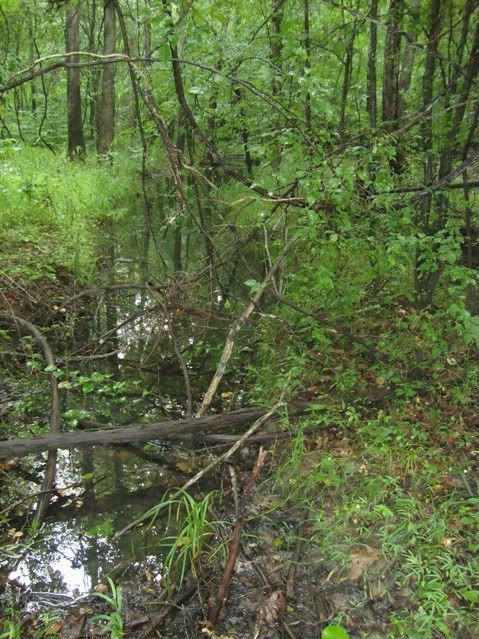
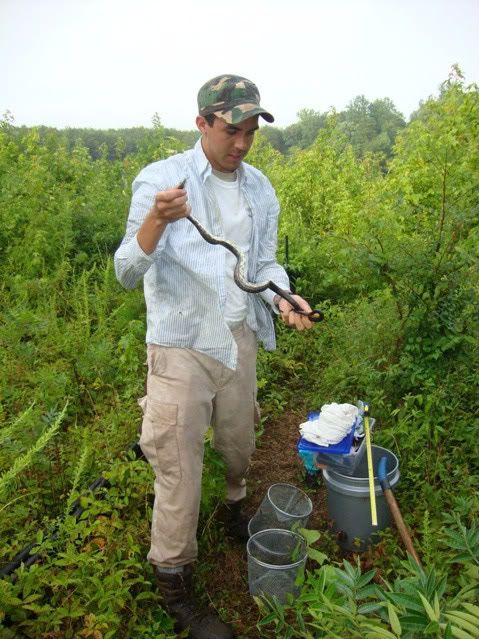
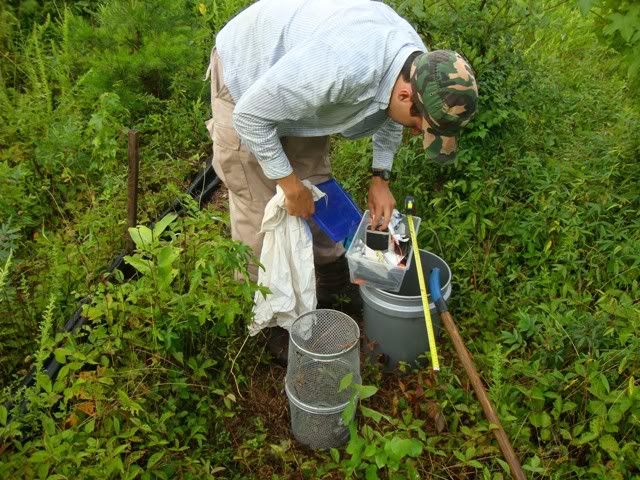
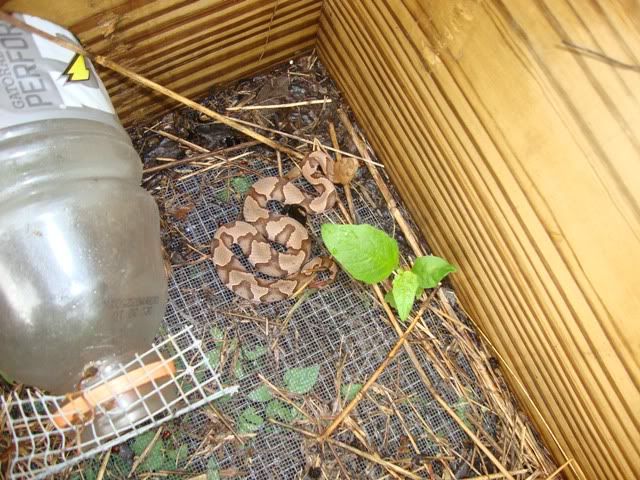

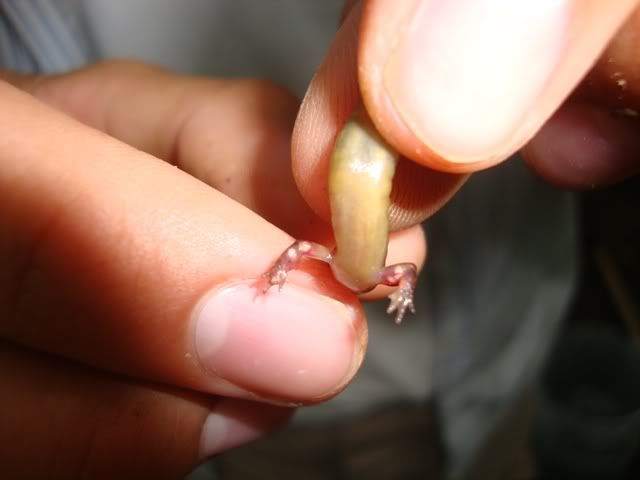
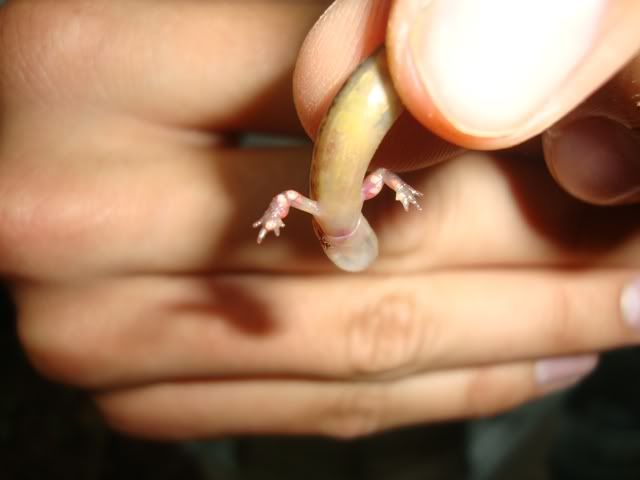
No comments:
Post a Comment